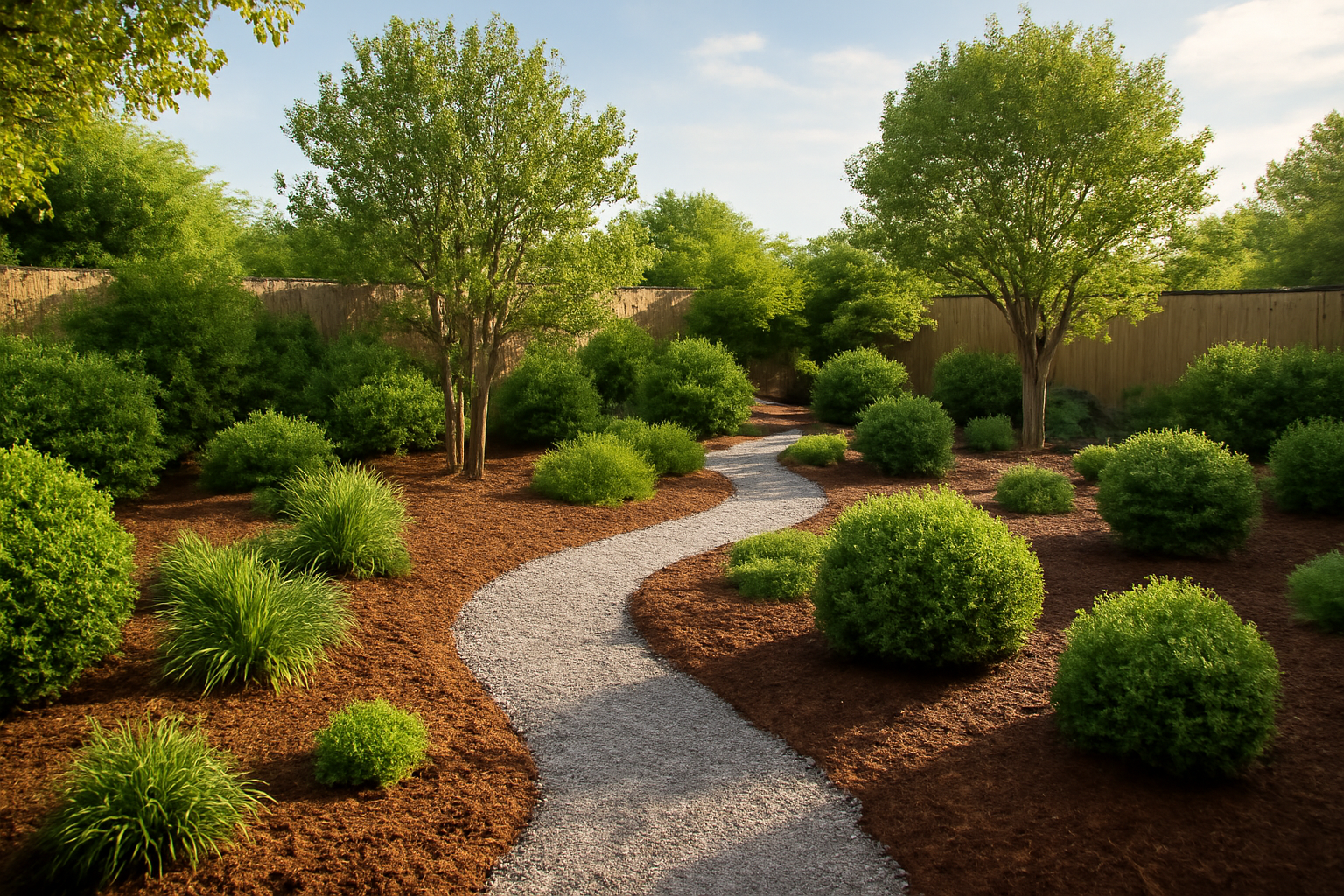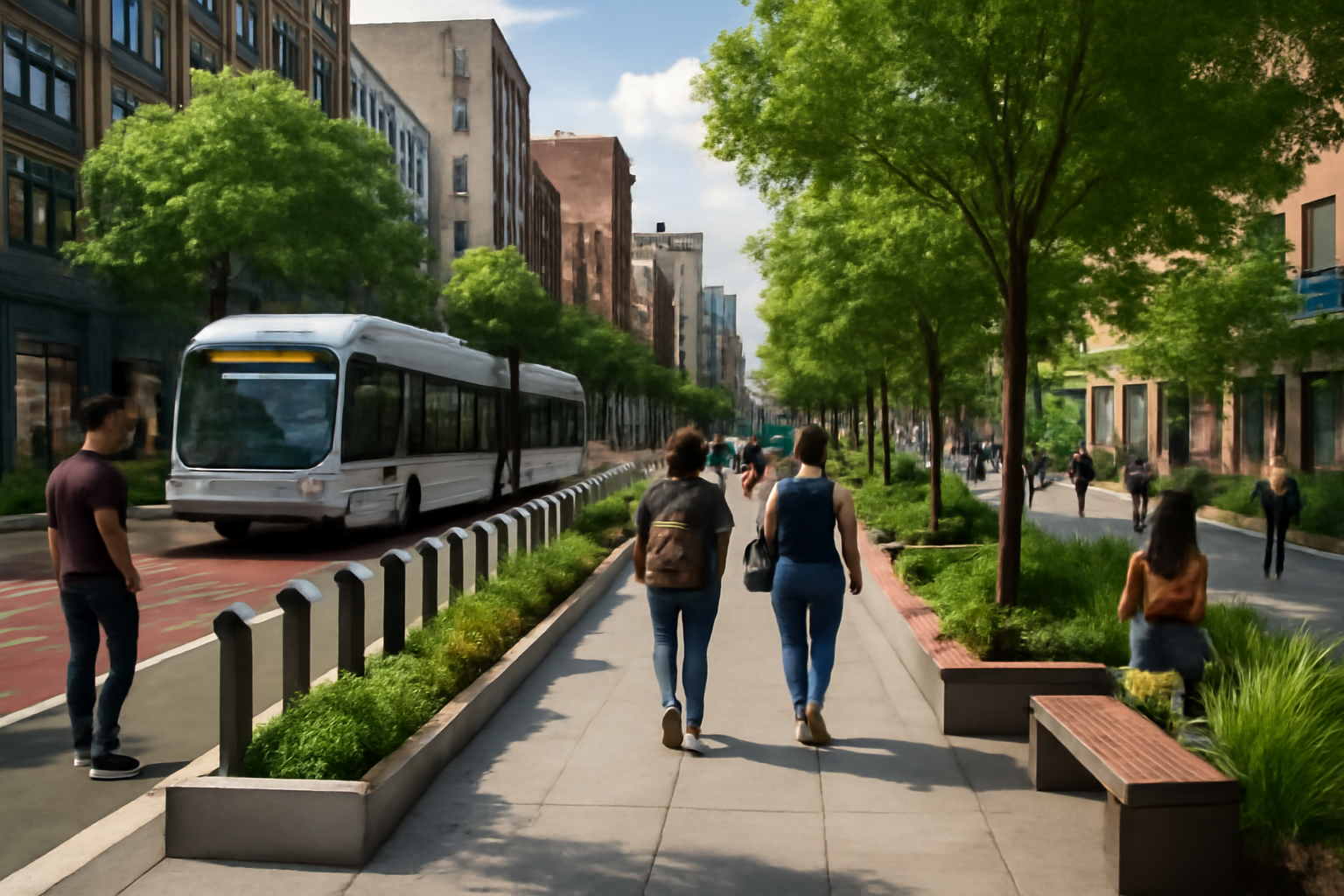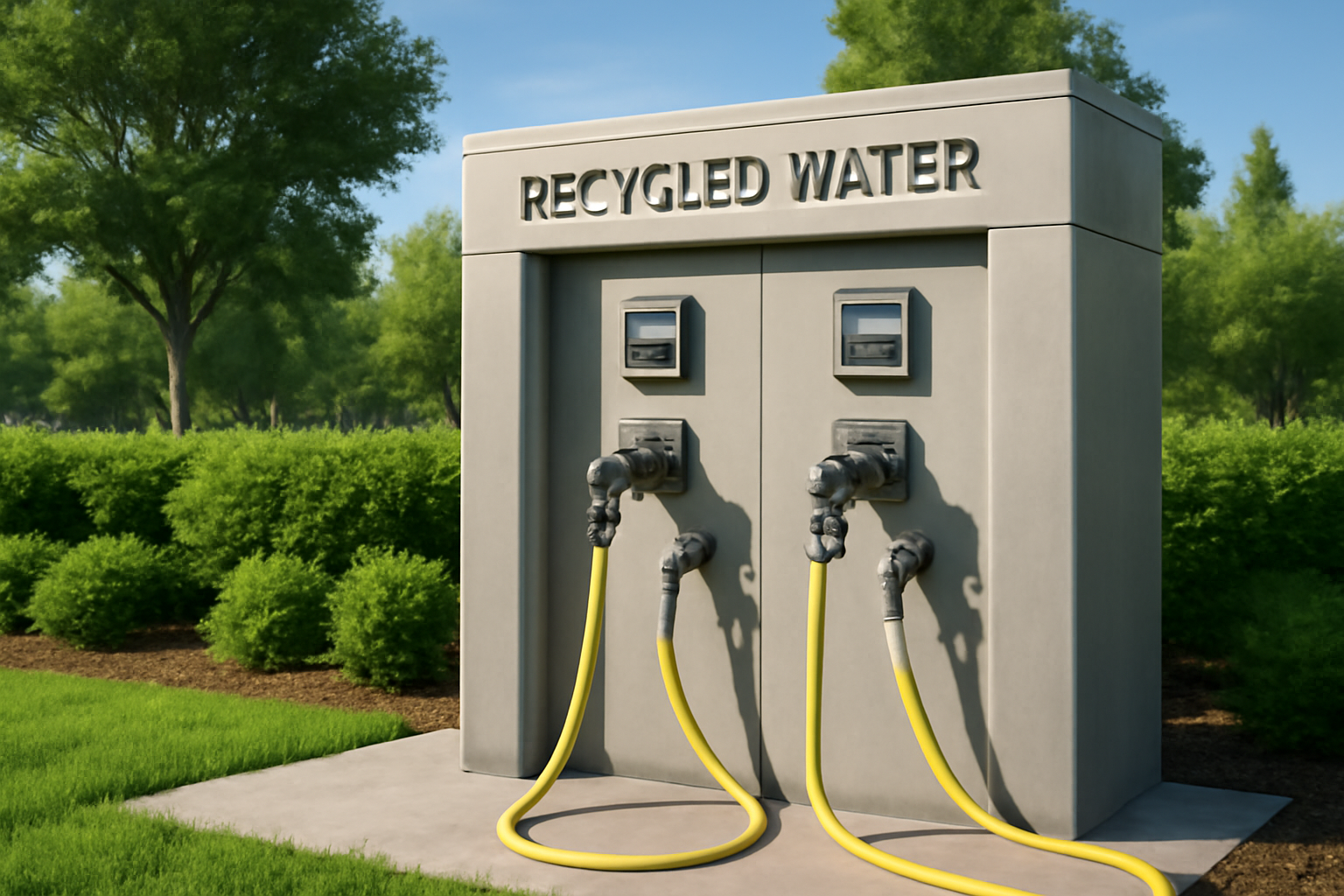Low-Maintenance Landscaping Tips to Keep Your Yard Looking Great All Season
Maintaining a beautiful yard can often feel like a full-time job. Between mowing, watering, fertilizing, and pruning, it’s easy to become overwhelmed by the effort required to keep your outdoor space looking its best. Fortunately, low-maintenance landscaping offers a smart solution for busy homeowners who want an attractive yard without spending hours on upkeep.
In this post, we’ll explore practical tips and ideas inspired by expert advice on keeping your yard looking vibrant and tidy all year round — without the hassle.
Why Choose Low-Maintenance Landscaping?
Low-maintenance landscaping focuses on creating a yard that requires minimal effort to maintain. This approach saves you time, reduces water usage, cuts down on yard waste, and often lowers overall costs. Plus, it can increase your property’s curb appeal and boost your home’s value.
Some of the key benefits include:
- Less time spent on yard work, freeing you to enjoy your outdoor space.
- Lower water bills by choosing drought-tolerant plants.
- Reduced need for fertilizers and pesticides, making your yard more environmentally friendly.
- Year-round curb appeal with plants and design elements that look great in every season.
Top Tips for Creating a Low-Maintenance Landscape
1. Choose Native and Drought-Tolerant Plants
One of the best ways to reduce yard work is by selecting plants that naturally thrive in your region. Native plants are adapted to local soil and climate conditions, requiring less water, fertilizer, and care. Similarly, drought-tolerant plants can survive with minimal irrigation, helping conserve water and reducing maintenance.
Examples include ornamental grasses, succulents, lavender, and certain evergreen shrubs. Incorporate a mix of these plants to add texture, color, and interest throughout the year.
2. Use Mulch to Suppress Weeds and Retain Moisture
Applying a 2-3 inch layer of mulch around plants and garden beds is a simple but effective way to keep your landscape low-maintenance. Mulch helps:
- Prevent weed growth, reducing the time spent weeding.
- Retain soil moisture, lowering the need for frequent watering.
- Protect plant roots from extreme temperatures.
Organic mulches like wood chips or shredded bark break down over time, enriching the soil. Inorganic options, such as gravel or rubber mulch, can also be used for specific design goals.
3. Design with Hardscaping Elements
Hardscaping — features like patios, walkways, stone walls, and decorative gravel — adds structure to your yard while reducing the amount of grass or plantings to maintain. These elements create inviting outdoor spaces and minimize mowing, watering, and trimming.
Incorporate permeable pavers or stepping stones to allow rainwater absorption, helping with drainage and sustainability.
4. Opt for Ground Covers Over Grass
Traditional lawns can be time-consuming and water-intensive. Consider replacing some or all of your lawn with low-growing ground covers such as creeping thyme, sedum, or clover. These alternatives require less mowing, tolerate drought better, and can even improve soil health.
5. Install an Efficient Irrigation System
Manual watering is often inefficient and time-consuming. Installing a drip irrigation system or smart sprinkler controller can automate watering, ensuring plants get the right amount without waste. This not only saves water but also helps maintain healthy plants with minimal effort.
Seasonal Care Tips to Keep Your Yard Looking Great
While low-maintenance landscaping reduces your workload, some seasonal care is still necessary to keep your yard thriving:
- Spring: Clean up debris, prune dead branches, and apply mulch to garden beds.
- Summer: Monitor irrigation, remove weeds promptly, and deadhead flowering plants.
- Fall: Rake leaves, cut back perennials, and plant bulbs for spring blooms.
- Winter: Protect sensitive plants with burlap wraps and plan for any necessary soil amendments.
Final Thoughts
Transforming your yard into a low-maintenance landscape is a smart investment in both your time and your home’s beauty. By choosing the right plants, incorporating mulch and hardscaping, and installing efficient irrigation, you can enjoy a vibrant outdoor space with less hassle. Remember, the goal is to create a landscape that works with nature, not against it.
For more detailed ideas and inspiration, check out this helpful article on low-maintenance landscaping tips.
Start your journey to a beautiful, easy-care yard today — your future self will thank you!



